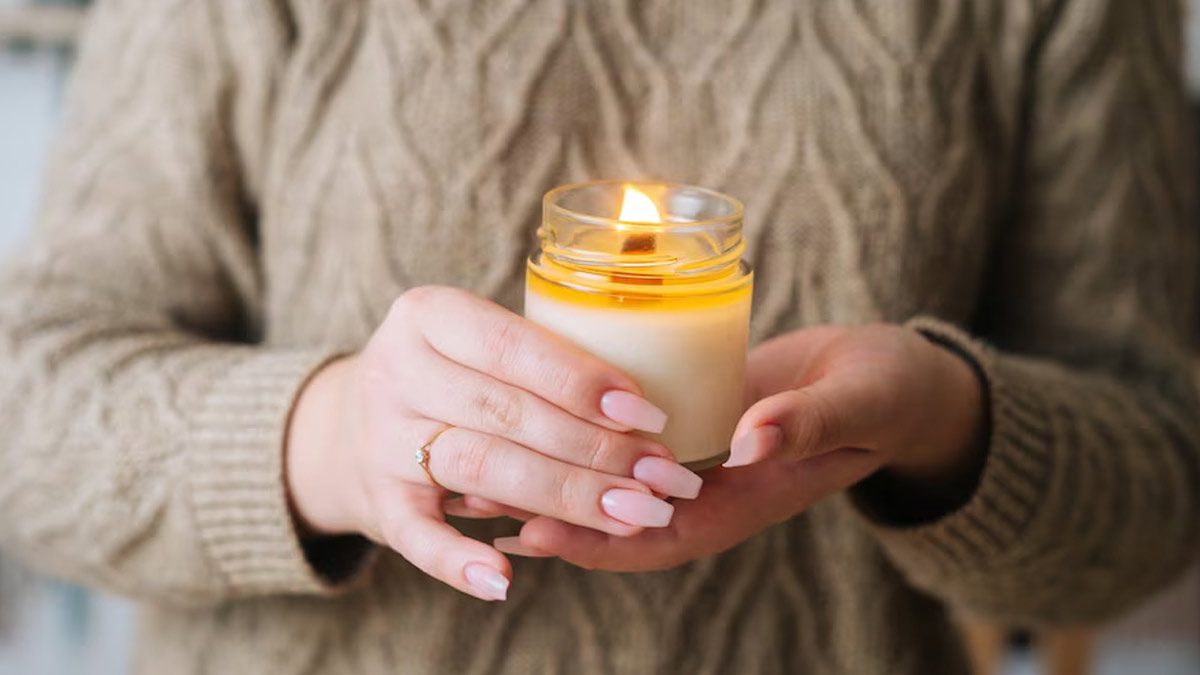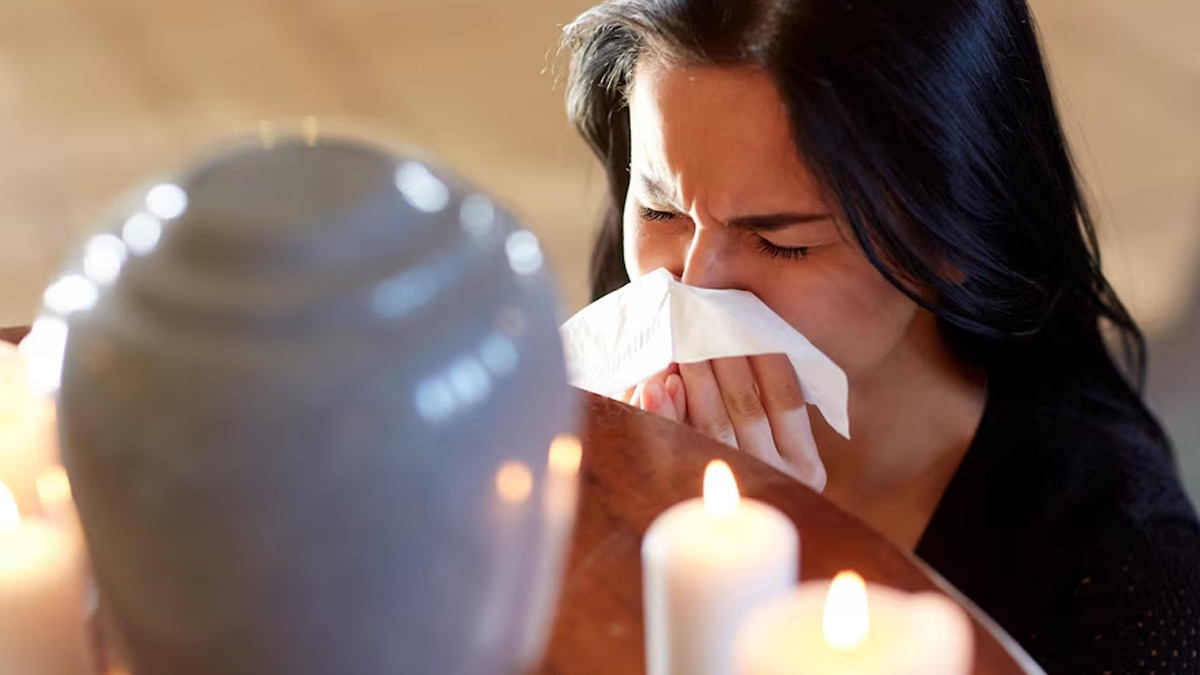
There was a time when candles were only lit during a power cut. Now, they've somehow got nothing to do with electricity, and we only burn them to make our homes smell good. While scented candles tend to make our indoor spaces cosier and more comfortable, many have expressed concern about their safety. In fact, a study published in the BMC Public Health found that people who used and lit scented candles were more likely to experience health problems like headaches, shortness of breath, and coughs.
Table of Content:-
In an interaction with the OnlyMyHealth team, Dr Kutty Sharada Vinod, Pulmonologist, Karuna Hospital, Delhi, explains the effects scented candles have on the lungs and what can be done to reduce their impact.
Also Read: Indoor Air Pollutants And Health: Impact Of Poor Indoor Air Quality On Your Health
What Happens When You Burn Scented Candles?

Burning scented candles at home can emit small particles and gases that pollute indoor air.
These emissions can contain carcinogenic toxins like benzene, toluene, formaldehyde, and others, which are also found in diesel fuel, says Dr Vinod.
According to the US Centers for Disease Control and Prevention (CDC), benzene is emitted from natural sources, such as volcanoes and forest fires. But apart from that, tobacco smoke, glues, paints, furniture wax, and detergents can also expose you to it. "Direct exposure of the eyes, skin, or lungs to benzene can cause tissue injury and irritation," the health body warns.
While studies suggest that these emissions are unlikely to cause long-term health effects, indoor air pollution from candle fumes, combined with other sources like cooking, can lead to respiratory issues, particularly in individuals with pre-existing conditions such as asthma or chronic obstructive pulmonary disease (COPD), says Dr Vinod.
Can Burning Scented Candles Impact Your Lung Health?

Different candles emit varying levels of volatile organic compounds (VOCs), with factors like the type of paraffin used and the presence of additives playing a role in emission levels, as per Dr Vinod.
A study published in the Journal of Hazardous Materials found that scented candles released VOCs even when unlit. When they were lit, it led to the release of different chemicals, such as benzene, toluene, and formaldehyde, all of which have cancer-causing properties.
According to Dr Vinod, paraffin (petroleum-based) and scented candles are among the worst offenders, and unfortunately, some of the most common candles are available.
Paraffin wax is a petrochemical derived from petroleum that is commonly used to make candles.
Not only does burning these candles affect the air, but it can also stain the walls, ceilings, and other surfaces in your home.
Moreover, frequent use of candles in unventilated spaces can exacerbate asthma, cause allergy-like symptoms, and irritate the respiratory tract, the doctor warns.
But it is also important to note that the amount of emission from burning candles is not seen as enough to cause health problems, as suggested in a 2014 study published in Regulatory Toxicology and Pharmacology.
Also Read: Air Pollution Increasing Bronchitis Cases: Symptoms, Treatment, Tips to Mitigate Risk
Who Should Avoid Burning Candles Indoors?

Individuals with pre-existing conditions such as asthma or chronic bronchitis should avoid burning candles and incense at home to minimise exposure to potential respiratory irritants and pollutants.
How To Burn Candles Safely?
To safely burn candles, here are some measures to take and mistakes to avoid:
- Always trim the wick to between 1/8 and 1/4 inches before each use and allow the wax to melt evenly across the surface.
- Avoid placing candles in draughty areas, and never leave them unattended.
- Do not allow the candle to burn long enough during the first use.
- Place candles on heat-resistant surfaces to prevent damage to furniture.
- Avoid using too many candles, which can affect burn quality and fragrance strength.
Conclusion
Burning candles can lead to the release of toxic chemicals like benzene and formaldehyde. However, research suggests that the amount of pollution produced by burning candles is not enough to cause harm. However, it is always better to take caution, especially if you have pre-existing respiratory conditions like asthma and COPD.
Also watch this video
How we keep this article up to date:
We work with experts and keep a close eye on the latest in health and wellness. Whenever there is a new research or helpful information, we update our articles with accurate and useful advice.
Current Version